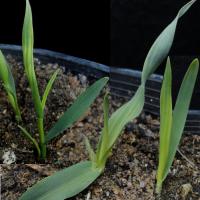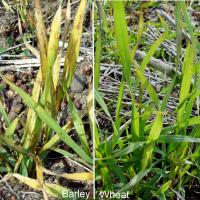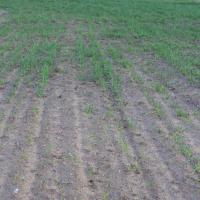| Sulfonylureas (SUs) chemical name | Example trade name |
|---|---|
| Triasulfuron | Logran® |
| Chlorsulfuron | Glean® |
| Sulfosulfuron | Monza® |
| Metsulfuron | Ally® |
| Iodosulfuron | Hussar® |
| Mesosulfuron | Atlantis® |
| Imidazolinones (IMIs) chemical name | Example trade name |
|---|---|
| Imazapyr | Arsenal® |
| Imazapic | Flame® |
| Imazamox | Raptor® |
| Imazethapyr | Spinnaker® |
| Imazapic + Imazapyr | Intervix® |
| Imazapic + Imazapyr + MCPA | OnDuty® |
| Sulfonamides (TPS) chemical name | Example trade name |
|---|---|
| Flumetsulam | Broadstrike® |
| Metosulam | Eclipse® |
| Florasulam | Paradigm® |
| Pyroxsulam | Crusader® |








